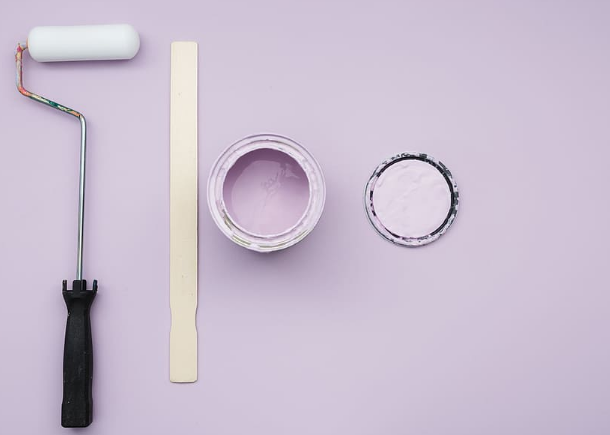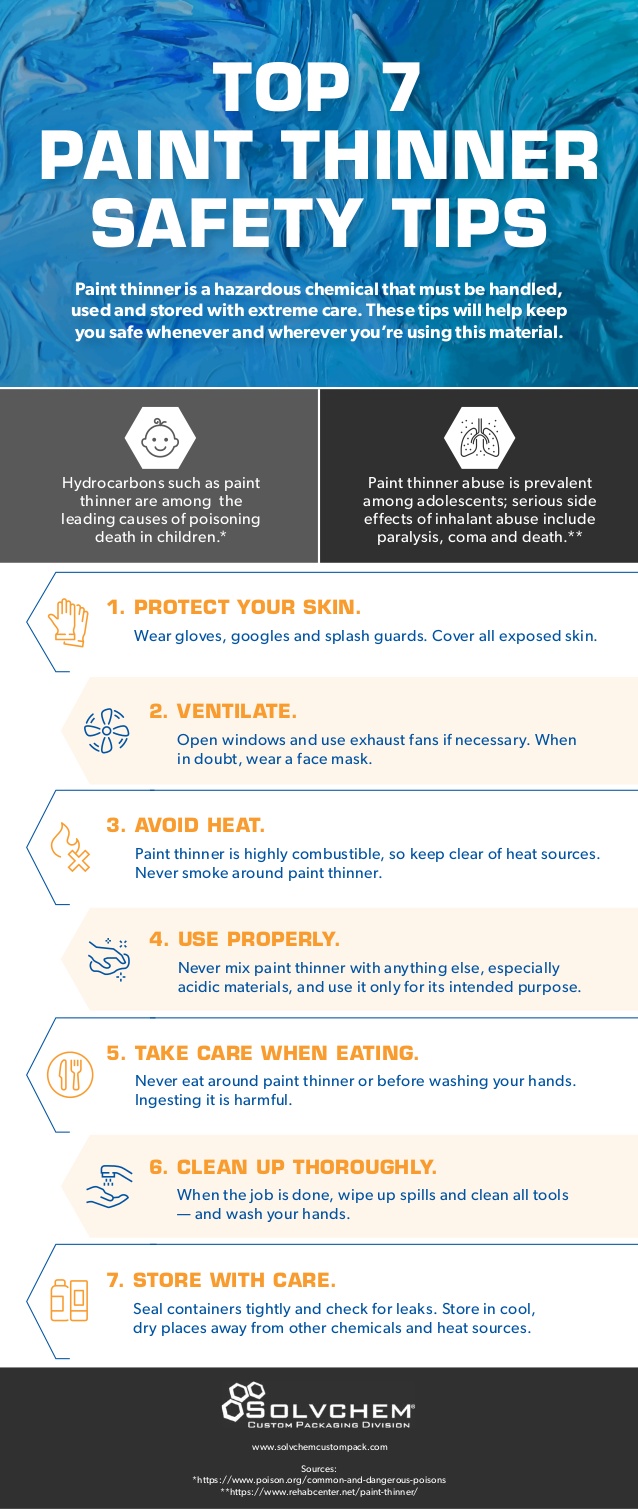Safety Tips For Your Family’s Next Painting Project
 If your family is planning a painting project for the home and need to use paint thinner, here are some things to consider. Paint thinner can be a dangerous and toxic product if not used and stored properly. The greatest threat it poses is on the lungs. Hydrocarbons found in the paint thinner can enter the lungs and cause serious damage to the throat and mouth. Those exposed have often shown symptoms of nausea and vomiting, and a harder time breathing. Heavy exposure has been known to cause brain and nerve damage in the most severe cases.
If your family is planning a painting project for the home and need to use paint thinner, here are some things to consider. Paint thinner can be a dangerous and toxic product if not used and stored properly. The greatest threat it poses is on the lungs. Hydrocarbons found in the paint thinner can enter the lungs and cause serious damage to the throat and mouth. Those exposed have often shown symptoms of nausea and vomiting, and a harder time breathing. Heavy exposure has been known to cause brain and nerve damage in the most severe cases.
This only scratches the surface of the potential dangers of this product if not used properly. Paint thinner is also highly combustible, with a flash point of about 104 degrees Fahrenheit. Meaning any extended exposure to a heat source could lead to a house fire. But don’t fret! There are a few simple tips listed below that will make any family painting project with paint thinner a whole lot safer.
- First and foremost, always wear protective gear that will leave no part of your body or eyes exposed. Gloves, eye visors and long sleeved clothes are always recommended for these projects. Most importantly, always avoid any exposure of the paint thinner to your skin.
- Once you’re properly dressed, be sure the space you’re working in is properly ventilated. Open any of the surrounding windows, turn on the ceiling fans, or bring in auxiliary fans as needed. Be sure after any work is done that the container is sealed as well to avoid any additional exposure. You need to be sure your family’s lungs are not being exposed to the fumes.
- Read the labels carefully! Any of the paint thinner you plan to use should have an extensive safety and instructions label on its packaging. Be sure your family has read through it all and understands how to properly use the product prior to beginning any project.
- Avoid excess exposure to household materials such as rags. The more rags that have paint thinner residue among them, the higher chance of a fire hazard. Be weary of where these rags or cloths end up.
These tips should provide your family with a good understanding of how to properly go about avoiding the risks associated with any painting project involving paint thinner. For additional information, check out the featured infographic below, Top 7 Paint Thinner Safety Tips.

Author bio: Lynn Place is Vice President of Marketing for SolvChem Custom Packaging Division. She has 30 years of professional experience in the manufacturing industry and specializes in consumer packaged goods, new product development and strategic planning.